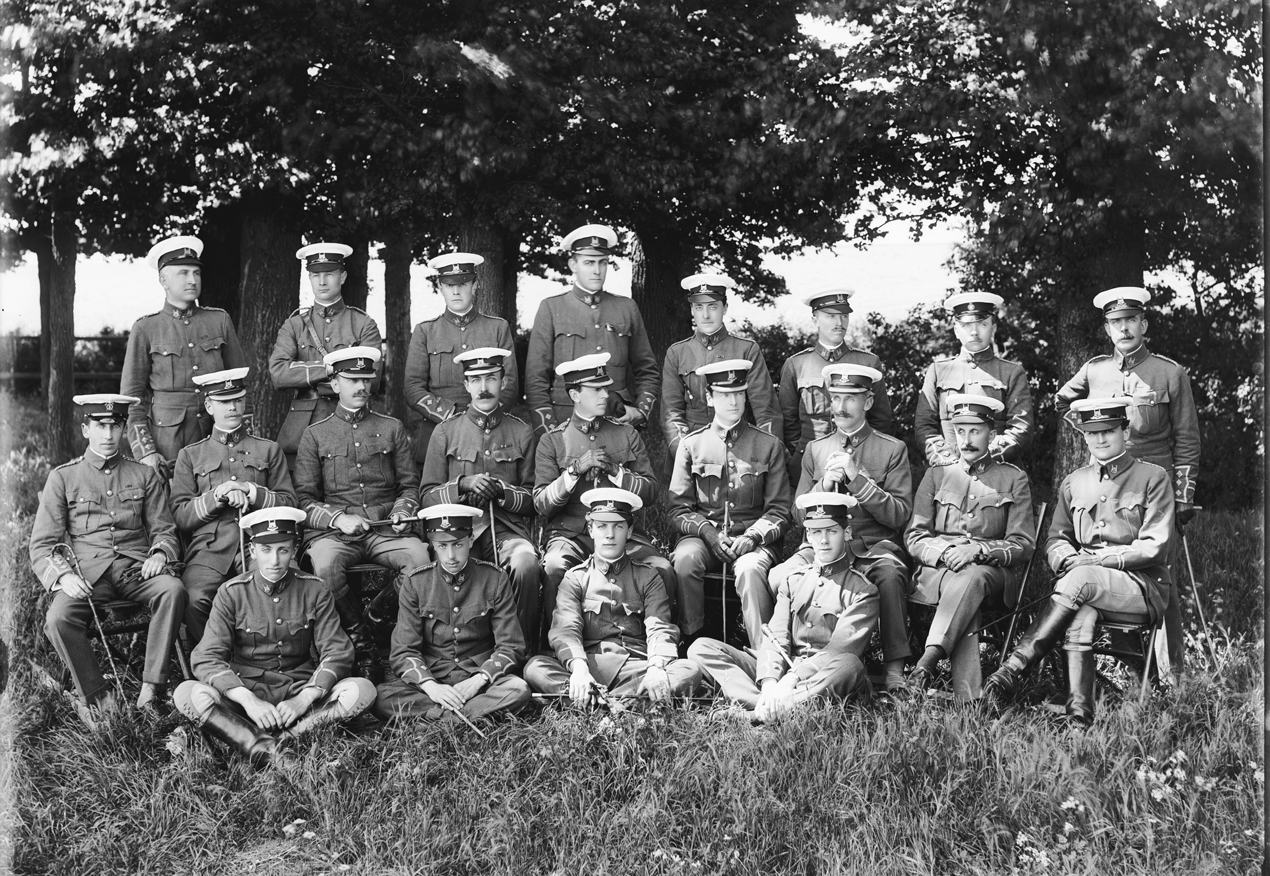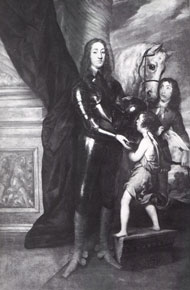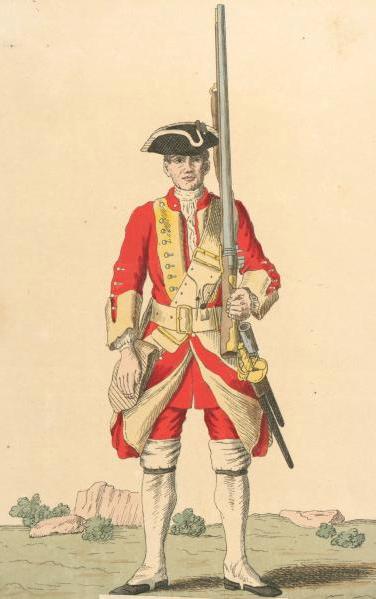|
Besthorpe, Norfolk
Besthorpe is a village and civil parish in the Breckland district of Norfolk, England, about a mile east of Attleborough, on the A11 road. According to the 2001 census it had a population of 561, increasing to 778 at the 2011 Census. The villages name origin is uncertain but is thought to mean 'Bosi's outlying farms/settlement' or perhaps, 'bent-grass outlying farm/settlement'. The village school has long been closed and is now a private dwelling. The church is located in a remote part of the parish, giving rise to the belief that plague, the Black Death, once decimated the original community, resulting in the destruction of many local dwellings. Although no factual evidence exists to support this theory, the plague hit Norfolk very badly. There are two notable private residences, known as Old Hall and New Hall. Old Hall is located close to Burgh Common and was also known as Plassing Hall. For many years it was a farm but has recently been converted into a private dwelling. ... [...More Info...] [...Related Items...] OR: [Wikipedia] [Google] [Baidu] |
United Kingdom Census 2001
A nationwide census, known as Census 2001, was conducted in the United Kingdom on Sunday, 29 April 2001. This was the 20th UK census and recorded a resident population of 58,789,194. The 2001 UK census was organised by the Office for National Statistics (ONS) in England and Wales, the General Register Office for Scotland (GROS) and the Northern Ireland Statistics and Research Agency (NISRA). Detailed results by region, council area, ward and output area are available from their respective websites. Organisation Similar to previous UK censuses, the 2001 census was organised by the three statistical agencies, ONS, GROS, and NISRA, and coordinated at the national level by the Office for National Statistics. The Orders in Council to conduct the census, specifying the people and information to be included in the census, were made under the authority of the Census Act 1920 in Great Britain, and the Census Act (Northern Ireland) 1969 in Northern Ireland. In England and Wales these re ... [...More Info...] [...Related Items...] OR: [Wikipedia] [Google] [Baidu] |
Royal Norfolk Regiment
The Royal Norfolk Regiment was a line infantry regiment of the British Army until 1959. Its predecessor regiment was raised in 1685 as Henry Cornwall's Regiment of Foot. In 1751, it was numbered like most other British Army regiments and named the 9th Regiment of Foot. It was formed as the Norfolk Regiment in 1881 under the Childers Reforms of the British Army as the county regiment of Norfolk by merging the 9th (East Norfolk) Regiment of Foot with the local Militia and Rifle Volunteers battalions. The Norfolk Regiment fought in the First World War on the Western Front and in the Middle Eastern theatre of World War I, Middle East. After the war, the regiment became the Royal Norfolk Regiment on 3 June 1935. The regiment fought with distinction in the Second World War, in action in the Battle of France and Battle of Belgium, Belgium, the Burma campaign, Far East, and then in the invasion of, and subsequent operations in, Western Front (World War II), North-west Europe. In 195 ... [...More Info...] [...Related Items...] OR: [Wikipedia] [Google] [Baidu] |
Villages In Norfolk
A village is a clustered human settlement or community, larger than a hamlet but smaller than a town (although the word is often used to describe both hamlets and smaller towns), with a population typically ranging from a few hundred to a few thousand. Though villages are often located in rural areas, the term urban village is also applied to certain urban neighborhoods. Villages are normally permanent, with fixed dwellings; however, transient villages can occur. Further, the dwellings of a village are fairly close to one another, not scattered broadly over the landscape, as a dispersed settlement. In the past, villages were a usual form of community for societies that practice subsistence agriculture, and also for some non-agricultural societies. In Great Britain, a hamlet earned the right to be called a village when it built a church. [...More Info...] [...Related Items...] OR: [Wikipedia] [Google] [Baidu] |
Royal Engineers
The Corps of Royal Engineers, usually called the Royal Engineers (RE), and commonly known as the ''Sappers'', is a corps of the British Army. It provides military engineering and other technical support to the British Armed Forces and is headed by the Chief Royal Engineer. The Regimental Headquarters and the Royal School of Military Engineering are in Chatham in Kent, England. The corps is divided into several regiments, barracked at various places in the United Kingdom and around the world. History The Royal Engineers trace their origins back to the military engineers brought to England by William the Conqueror, specifically Bishop Gundulf of Rochester Cathedral, and claim over 900 years of unbroken service to the crown. Engineers have always served in the armies of the Crown; however, the origins of the modern corps, along with those of the Royal Artillery, lie in the Board of Ordnance established in the 15th century. In Woolwich in 1716, the Board formed the Royal Regime ... [...More Info...] [...Related Items...] OR: [Wikipedia] [Google] [Baidu] |
York And Lancaster Regiment
The York and Lancaster Regiment was a line infantry regiment of the British Army that existed from 1881 until 1968. The regiment was created in the Childers Reforms of 1881 by the amalgamation of the 65th (2nd Yorkshire, North Riding) Regiment of Foot and the 84th (York and Lancaster) Regiment of Foot. The regiment saw service in many small conflicts and both World War I and World War II until 1968, when the regiment chose to be disbanded rather than amalgamated with another regiment, one of only two infantry regiments in the British Army to do so, with the other being the Cameronians (Scottish Rifles). History The regiment was formed on 1 July 1881 through the amalgamation of two regiments of foot and a militia regiment: * 65th (2nd Yorkshire, North Riding) Regiment of Foot, 65th (2nd Yorkshire) Regiment * 84th (York and Lancaster) Regiment of Foot, 84th (York and Lancaster) Regiment * 3rd West York Light Infantry Militia (two battalions) Under the original scheme of amalgamation ... [...More Info...] [...Related Items...] OR: [Wikipedia] [Google] [Baidu] |
Welch Regiment
The Welch Regiment (or "The Welch", an archaic spelling of "Welsh") was an infantry regiment of the line of the British Army in existence from 1881 until 1969. The regiment was created in 1881 under the Childers Reforms by the amalgamation of the 41st (Welch) Regiment of Foot and 69th (South Lincolnshire) Regiment of Foot to form the Welsh Regiment, by which it was known until 1920 when it was renamed the Welch Regiment. In 1969 the regiment was amalgamated with the South Wales Borderers to form the Royal Regiment of Wales. History Formation The regiment was created in 1881 under the Childers Reforms by the amalgamation of the 41st (Welch) Regiment of Foot and 69th (South Lincolnshire) Regiment of Foot to form the Welsh Regiment. The 1st Battalion moved to Egypt in 1886. The battalion took part in the Battle of Suakin in December 1888 during the Mahdist War under the leadership of the force commander, Colonel Herbert Kitchener, who wrote in his dispatches: The 1st Battalio ... [...More Info...] [...Related Items...] OR: [Wikipedia] [Google] [Baidu] |
Suffolk Yeomanry
The Duke of York's Own Loyal Suffolk Hussars was a Yeomanry regiment of the British Army. Originally formed as a volunteer cavalry force in 1793, it fought in the Second Boer war as part of the Imperial Yeomanry. In the World War I the regiment fought at Gallipoli, in Palestine and on the Western Front. The unit was subsequently converted into a Royal Artillery unit, serving in the anti-tank role North Africa, Italy and France during World War II. The lineage is maintained by No. 677 (Suffolk and Norfolk Yeomanry) Squadron AAC. French Revolutionary and Napoleonic Wars After Britain was drawn into the French Revolutionary Wars, a number of independent cavalry Troops were raised in the County of Suffolk from August 1793. The following year the government of Prime Minister William Pitt the Younger proposed that the counties should form Corps of Yeomanry Cavalry that could be called on by the King to defend the country against invasion or by the Lord Lieutenant to subdue any civil di ... [...More Info...] [...Related Items...] OR: [Wikipedia] [Google] [Baidu] |
Queen's Royal Regiment (West Surrey)
The Queen's Royal Regiment (West Surrey) was a line infantry regiment of the English and later the British Army from 1661 to 1959. It was the senior English line infantry regiment of the British Army, behind only the Royal Scots in the British Army line infantry List of Regiments of Foot, order of precedence. In 1959, the regiment was amalgamated with the East Surrey Regiment, to form a single county regiment called the Queen's Royal Surrey Regiment which was, on 31 December 1966, amalgamated with the Queen's Own Buffs, The Royal Kent Regiment, the Royal Sussex Regiment and the Middlesex Regiment, Middlesex Regiment (Duke of Cambridge's Own) to form the Queen's Regiment. Following a further amalgamation in 1992 with the Royal Hampshire Regiment, the lineage of the regiment is continued today by the Princess of Wales's Royal Regiment, Princess of Wales's Royal Regiment (Queen's and Royal Hampshires). Titles The regiment was raised in 1661 by Henry Mordaunt, 2nd Earl of Peterboroug ... [...More Info...] [...Related Items...] OR: [Wikipedia] [Google] [Baidu] |
Lincolnshire Regiment
The Royal Lincolnshire Regiment was a line infantry regiment of the British Army raised on 20 June 1685 as the Earl of Bath's Regiment for its first Colonel, John Granville, 1st Earl of Bath. In 1751, it was numbered like most other Army regiments and named the 10th (North Lincoln) Regiment of Foot. After the Childers Reforms of 1881, it became the Lincolnshire Regiment after the county where it had been recruiting since 1781. After the Second World War, it became the Royal Lincolnshire Regiment, before being amalgamated in 1960 with the Northamptonshire Regiment to form the 2nd East Anglian Regiment (Duchess of Gloucester's Own Royal Lincolnshire and Northamptonshire) which was later amalgamated with the 1st East Anglian Regiment (Royal Norfolk and Suffolk), 3rd East Anglian Regiment (16th/44th Foot) and the Royal Leicestershire Regiment to form the Royal Anglian Regiment. 'A' Company of the 2nd Battalion of the Royal Anglians continues the traditions of the Royal Lincolnshire ... [...More Info...] [...Related Items...] OR: [Wikipedia] [Google] [Baidu] |
East Yorkshire Regiment
The East Yorkshire Regiment was a line infantry regiment of the British Army, first raised in 1685 as Sir William Clifton's Regiment of Foot and later renamed the 15th Regiment of Foot. It saw service for three centuries, before eventually being amalgamated with the West Yorkshire Regiment (Prince of Wales's Own) in 1958, to form the Prince of Wales's Own Regiment of Yorkshire. Subsequently, the regiment amalgamated with the Green Howards and the Duke of Wellington's Regiment (West Riding) to form the Yorkshire Regiment (14th/15th, 19th and 33rd/76th Foot) on 6 June 2006. History Early wars Raised in 1685 in Nottingham by Sir William Clifton, 3rd Baronet, the regiment was originally, like many British infantry regiments, known by the name of its current Colonel. It took part in the Battle of Killiecrankie in July 1689Cannon, p. 6 and the Battle of Cromdale in April 1690 during the Jacobite rising of 1689 to 1692. The regiment embarked for Flanders in spring 1694 for service ... [...More Info...] [...Related Items...] OR: [Wikipedia] [Google] [Baidu] |
East Surrey Regiment
The East Surrey Regiment was a line infantry regiment of the British Army in existence from 1881 until 1959. The regiment was formed in 1881 under the Childers Reforms by the amalgamation of the 31st (Huntingdonshire) Regiment of Foot, the 70th (Surrey) Regiment of Foot, the 1st Royal Surrey Militia and the 3rd Royal Surrey Militia. In 1959, after service in the Second Boer War and both World War I and World War II, the East Surrey Regiment was amalgamated with the Queen's Royal Regiment (West Surrey) to form the Queen's Royal Surrey Regiment, which was, in 1966, merged with the Queen's Own Buffs, The Royal Kent Regiment, the Royal Sussex Regiment and the Middlesex Regiment (Duke of Cambridge's Own) to form the Queen's Regiment. The Queen's Regiment was subsequently amalgamated with the Royal Hampshire Regiment to form the present Princess of Wales's Royal Regiment (Queen's and Royal Hampshires). History Early history In 1702 a regiment of marines was raised in the West Countr ... [...More Info...] [...Related Items...] OR: [Wikipedia] [Google] [Baidu] |
Cheshire Regiment
The Cheshire Regiment was a line infantry regiment of the British Army, part of the Prince of Wales' Division. The 22nd Regiment of Foot was raised by the Duke of Norfolk in 1689 and was able to boast an independent existence of over 300 years. The regiment was expanded in 1881 as part of the Childers Reforms by the linking of the 22nd (Cheshire) Regiment of Foot and the militia and rifle volunteers of Cheshire. The title 22nd (Cheshire) Regiment continued to be used within the regiment. On 1 September 2007, the Cheshire Regiment was merged with the Worcestershire and Sherwood Foresters Regiment (29th/45th Foot) and the Staffordshire Regiment (Prince of Wales's) to form a new large regiment, the Mercian Regiment, becoming the 1st Battalion, Mercian Regiment. History Early wars Following the 1688 Glorious Revolution and the exile of James II, Henry Howard, Duke of Norfolk, raised a regiment at Chester on behalf of the new regime. The experience of the 1638-1652 Wars of t ... [...More Info...] [...Related Items...] OR: [Wikipedia] [Google] [Baidu] |







